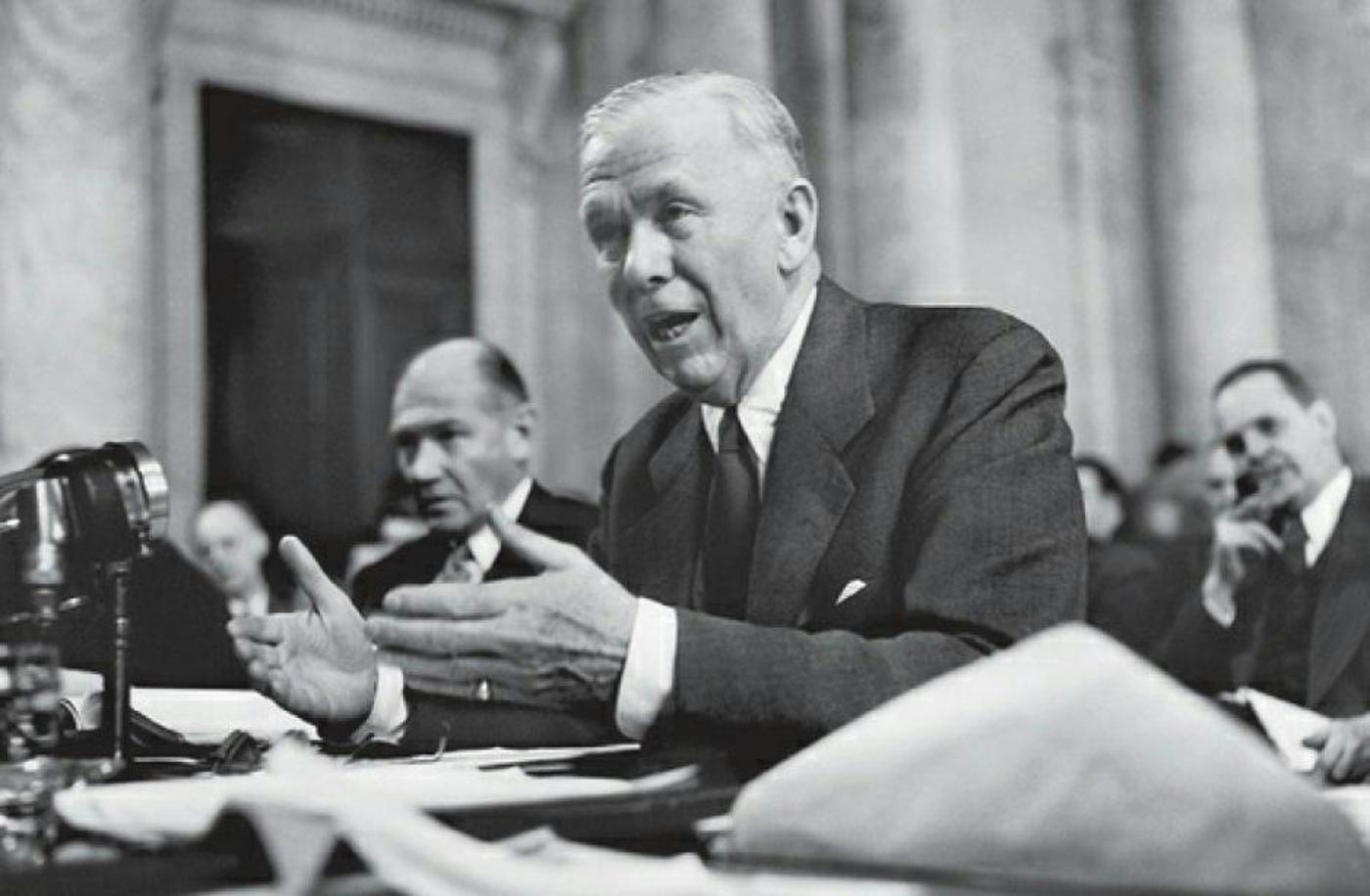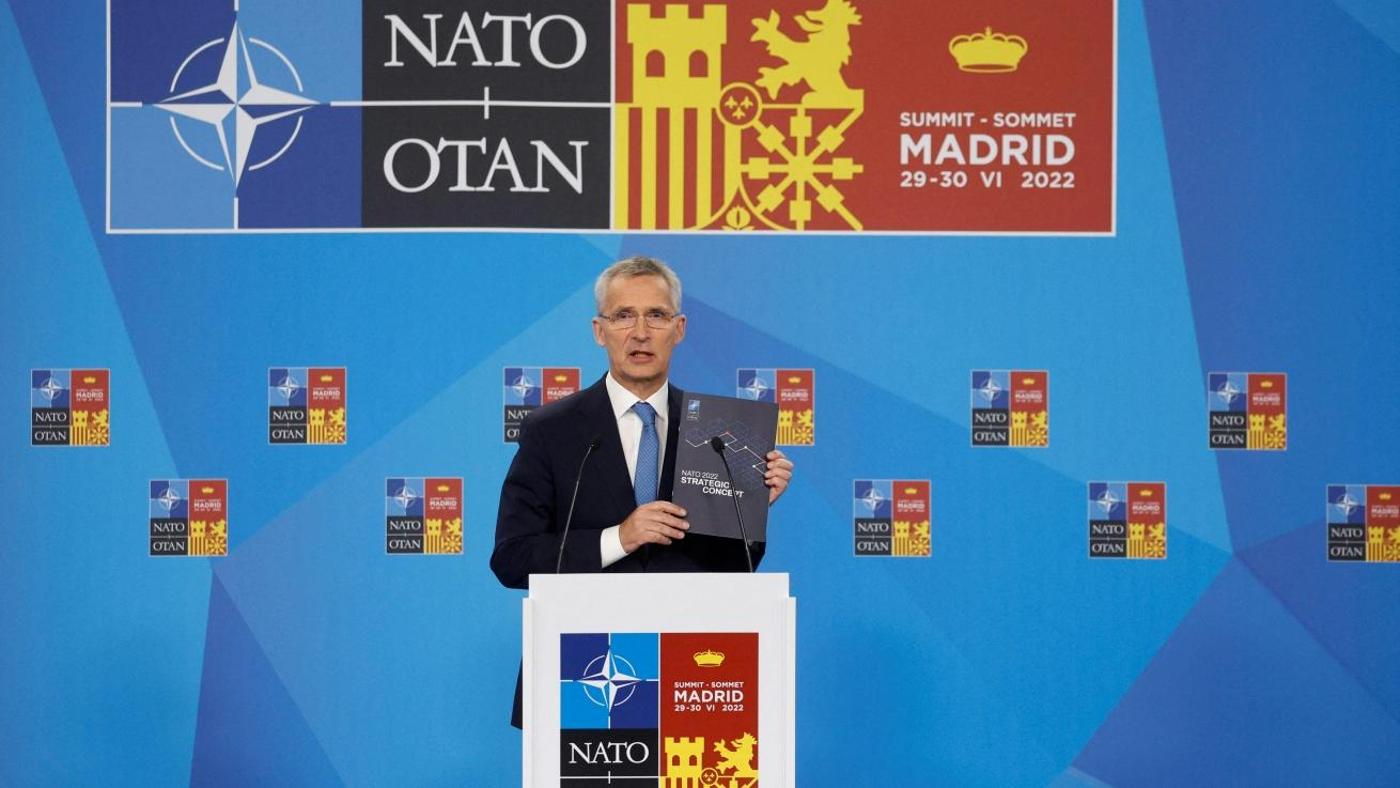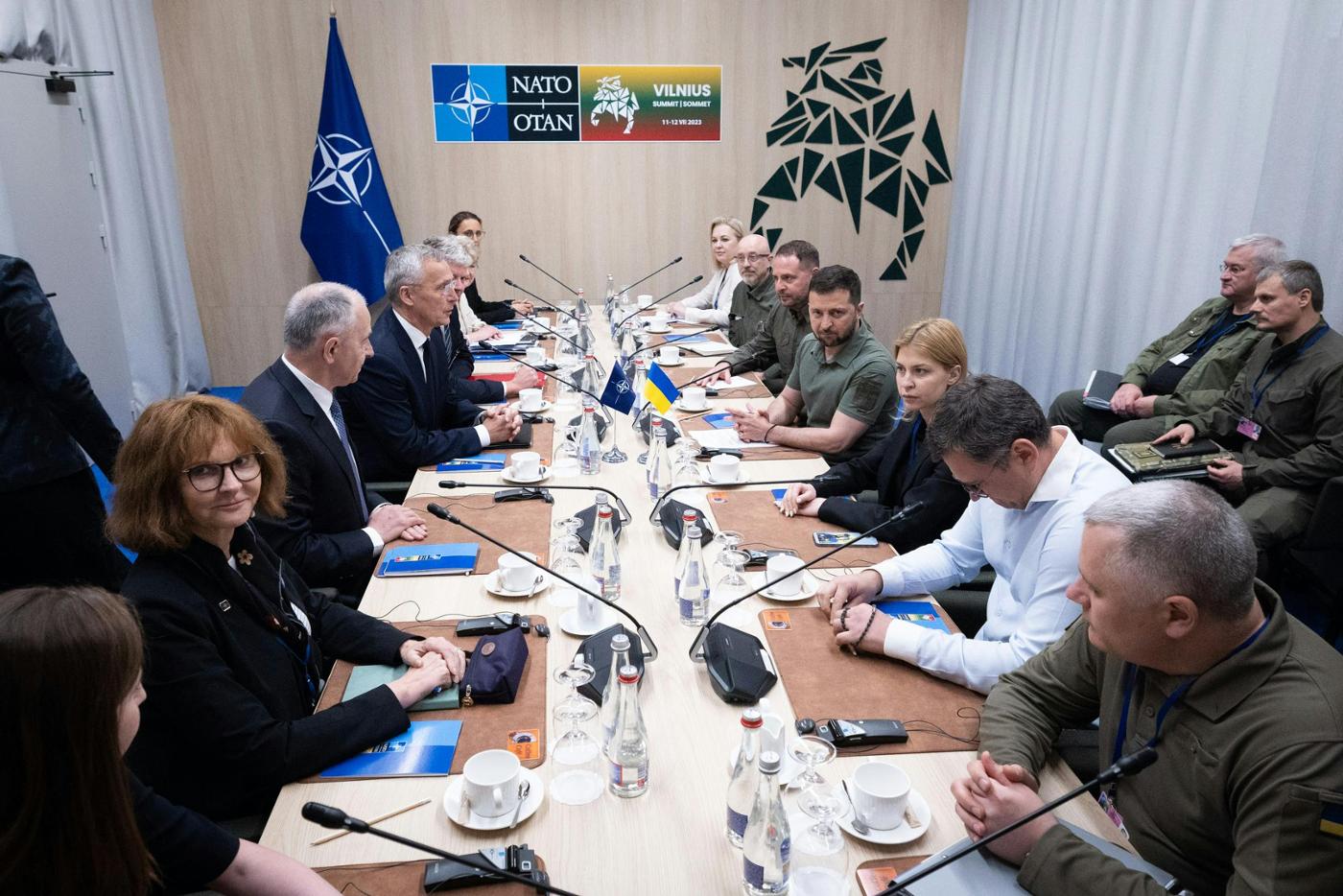How policy planners can learn from the future to make better decisions now.
“Don’t fight the problem, decide it!” This quote, attributed to former United States Secretary of State George C. Marshall, pithily sums up the attitude of effective policy planning in times of turbulence. The temptation to “fight” problems comes from the expectation that all problems are solvable. Yet some problems are unsolvable, and the fight becomes a losing battle.
In these circumstances, we need a different approach. In this article, we show why strategic foresight is more essential than ever in policy planning, what it can help achieve, and how it helps policy planners in their craft. Strategic foresight is the ability of an organisation to perceive, make sense of, and act on future changes as they emerge in the present. Its purpose is not to “get the future right” by predicting it, but rather to use multiple alternative versions of the future to shed new light on the way we understand and decide today.
Marshall understood that planning is essential for decisive effect. Due to his work as US Army Chief of Staff from 1939 to 1945, Winston Churchill later dubbed Marshall the “organiser of victory” in the Second World War. He grew the US armed forces by a factor of 40 (from 200 000 troops in 1939 to more than 8 million in 1945), helping the US and its Allies to win the war and become a global superpower.

George C. Marshall’s team was instrumental in designing the Marshall Plan to rebuild Europe, and in laying the groundwork of what are today NATO and the OECD. Pictured: George C. Marshall © US National Archive
Later, Marshall wanted to bring the same culture of planning for decision-making while setting up a new “policy planning” team. He succeeded there too: Marshall’s new team would be instrumental in designing the Marshall Plan to rebuild Europe and in laying the groundwork of what are today NATO and the OECD.
Since 1947, dozens of other states and organisations around the world have set up similar teams in their government ministries. These teams, with a flexible and broad-ranging brief, are tasked with anticipating future strategic trends and challenges, developing potential courses of action, and supporting decision-makers to make informed decisions. NATO has had a Policy Planning Unit since 2003, while the OECD’s strategic foresight work spans several decades, including the Strategic Foresight Unit set up in 2013.
Whether we are policy planners or not, many of us working on policy face the challenge of how to shape durable policies and decisions that can meet current and future challenges, which is why Marshall’s quote matters.
Why policy planners need strategic foresight now more than ever
If Marshall’s need for decisiveness made sense in 1947, it is even more relevant today. The world has grown ever more complex, with multiple major powers; a global population of over eight billion; hyperconnected flows of information, data, goods, and people; and a degrading global climate and biosphere. NATO’s 2022 Strategic Concept encapsulates this world succinctly: “Strategic competition, pervasive instability and recurrent shocks define our broader security environment. The threats we face are global and interconnected.”
In this fast, crowded, busy, connected and complex world, our understanding of policy problems in security is being challenged constantly. This also includes who matters in shaping security policy, what beliefs shape our understanding, and how we coexist on this planet. Security policy debates have become bigger, more complex, and more diverse than they were in 1947. Business-as-usual is increasingly unusual – and for many of the world’s most vulnerable people, it is undesirable too.

NATO’s 2022 Strategic Concept encapsulates this world succinctly: “Strategic competition, pervasive instability and recurrent shocks define our broader security environment. The threats we face are global and interconnected.” Pictured: NATO Secretary General Jens Stoltenberg presents the new Strategic Concept during the 2022 NATO Summit in Madrid. © NATO
Even more than in 1947, policy planners need to make sense of uncertainty, and see through distracting trivia and superficial hype. Drawing on Marshall’s quote, they should not view the future as a problem to fight, but as a way forward to decide.
The traditional approach: reducing or resisting uncertainty
Faced with the challenges of international security, we might reasonably try to reduce or resist uncertainty; only making decisions based on what is known or what appears likely at the present moment. This involves gathering evidence, which is chosen for its relevance to the problem as it has been perceived and defined, as well as the availability of data.
The approach of using evidence and projections has been very effective for making well informed decisions, which is why forecasts are used to inform decisions about all kinds of things from interest rates to airline ticket sales. It enables learning from the past. It promotes accountability by showing the information used to make decisions. Most of the time it is reasonable to expect the most probable things to happen. And it is possible for forecasts to become increasingly accurate (though never totally certain) through techniques such as superforecasting.
Forecasting has a few flaws
However, forecasting also has limitations when it is not possible to reduce or avoid uncertainty. These limitations are not trivial, and have on occasion led to major errors in forecasts from numerous reputable organisations concerning some of the most significant events for policy planners, such as the 2008 financial crisis.
In today’s fast-moving world, often a decision must be made before all the relevant information can be gathered and analysed. Something will inevitably be missed out – and that could be the disruption that ‘nobody saw coming’, like an unexpected attack or an economic crisis. Leaving things out of forecasts is a feature not a bug: the whole point of modelling is to reduce uncertainty by reducing the variables present in real life.
In addition, many problems facing us today are so complex that there is no way to know for sure what factors to include, how to approach the issues, or what the solution would look like. These problems are known as ‘wicked problems’ – a term coined by Rittel and Webber in 1973. Examples include developing effective strategy or ensuring international security. Even if all the factors were defined and included, it is usually impossible to get the precision needed to make an accurate forecast for all the variables in a chaotic system like the international security environment.
For the reader questioning whether emerging artificial intelligence and machine learning will one day be able to overcome this challenge, disappointment ensues: it has been known for decades that certain problems are undecidable, even by an infinitely powerful algorithm. Perfect predictions are impossible.

Questioning whether emerging artificial intelligence and machine learning will one day be able to overcome this challenge, disappointment ensues: it has been known for decades that certain problems are undecidable, even by an infinitely powerful algorithm. Perfect predictions are impossible. Picture courtesy of Vertica.
What strategic foresight can help policy planners achieve
How, then, do many policy planners become comfortable with problems they cannot solve, but for which they still need to offer potential decisions? Strategic foresight helps inform effective policy planning, including at organisations such as NATO and the OECD.
There are a number of examples of ways in which strategic foresight can help decision-makers:
Identifying the early signs of oncoming disruptive change, for example in the “horizon scan” conducted regularly since 1971 in Japan, and now part of the foresight work of the National Institute of Science and Technology Policy (NISTEP). Part of the methodology makes use of sources such as news reports and expert consultation to identify developments that are not yet captured in hard data, in order to make that knowledge available to policymakers earlier than traditional analysis would allow. NATO’s Science and Technology Organization also periodically researches and publishes its Science and Technology Trends reports using similar methodologies.
Reframing and broadening the scope of what is considered relevant in policy making, for example by analysing cross-cutting sets of trends in multiple domains which could lead to large-scale shifts (‘megatrends’). For this, the EU maintains a megatrends hub, which keeps track of major shifts of significance for future policy, and is made available to policy researchers, advisors, and planners for engagement in defence, education and social policy.
Stress-testing plans and strategies against potential disruptions. One way to do this is by building pictures of alternative future worlds in which an organisation could find itself (‘scenarios’). An example is RAND Corporation’s use of scenarios in the context of the Cold War, where there was no past experience to use a guide in the unprecedented circumstances of a nuclear arms race. Instead, policy planners used alternative fictional experiences of the future to rehearse different situations and prepare decisions in advance. Another example is NATO’s Allied Command Transformation’s strategic foresight analysis, which provides information on the future security environment that military and defence planners might face.
Inspiring new ideas and perspectives for action and success, as happened when the Slovenian Ministry of Public Administration undertook a megatrends and scenarios analysis into futures of ageing and talent management in the public service, resulting in four innovative ideas for greater fulfilment and well-being in the workforce.
These examples are just some of the ways in which strategic foresight can benefit policy planning. Other examples can be found in this report by the OECD.
As an ability (and not just a tool or method), strategic foresight can be practiced in many different ways and at any stage during the work of a policy planner. Nonetheless, several experts and organisations have proposed some key activities and exercises that can be followed to make strategic foresight happen. Examples include the modules of Policy Horizons Canada, the UNESCO Futures Literacy Playbook, and the UNDP Foresight Manual. Good use of strategic foresight, then, helps policy planners in their craft. It is a key part of how they make better sense of potential futures.
How foresight helps policy planners decide in uncertainty
Presented with an abstract mass of information, our brains find it hard to react. In a world with an infinite number of possible futures, it is impossible to fully understand them all, less still to pick one and be sure we can make it happen. Yet if we are presented with a narrative that binds together information and details, then we have a story. According to writer Will Storr, story is a technique our brains use to help make sense of the unexpected, pay attention, and prime ourselves to make a decision.
What matters is not so much which future is going to happen, but which futures we can learn from. In that sense, creating a story of the future is about helping policy planners pay more attention to the present. A good story of the future obliges us to consider: Which future do we want to avoid? And which future do we want? This means thinking about how we get there. Working backwards and forwards from possible futures and the realities of the present can thus be a fertile place from which to start policy planning, to make sense of potential futures and to create meaningful change.
Using stories of the future helps policy planners see issues we thought we knew well in a strange and unfamiliar light. What happens if this were to occur? What would we do? How would we need to adapt? Or alternatively, it can help bring to life abstract possibilities - stringing together facts, forecasts and trends into plausible narratives, forcing us to rethink basic decision-making assumptions.
Instead of a conclusion, next steps
Crafting decisions on emerging policy problems which are complex, uncertain, and unsolvable means perceiving, making sense of, and acting upon different and potentially challenging ideas about the future as they emerge in the present.

A bilateral meeting between NATO Secretary General Jens Stoltenberg and President Volodymyr Zelenskyy (Ukraine) at the 2023 NATO Summit in Vilnius. © NATO
While policy planners – including at NATO and the OECD – already make use of foresight, foresight can be applied in a number of settings. Doing this opens up opportunities: to think beyond the assumptions of the status quo, and to accept new realities and design proactive approaches to meet and shape these new realities.
There are numerous resources and practices available for organisations ready to further develop their strategic foresight capacity. A number of these are explored and demonstrated with successful use cases in the OECD’s Anticipatory Innovation Resource. Many more policy planners have begun to use and develop foresight approaches; for example, forthcoming OECD work will demonstrate the benefits of strategic foresight in anticipating and managing emerging critical risk. NATO’s Allied Command Transformation’s Strategic Foresight Analysis works to help military commanders make sense of the future. At NATO HQ, the Policy Planning Unit is working to foster a broader culture of foresight.
Strategic foresight offers ways to approach the world of today and tomorrow with greater wisdom and better judgement. It cannot predict, plan, or prepare – nor does it pretend to. Its role is to make a virtue of all that we don’t know to give us greater awareness and ability to act: don’t fight the future, decide it!
